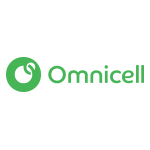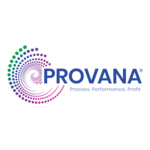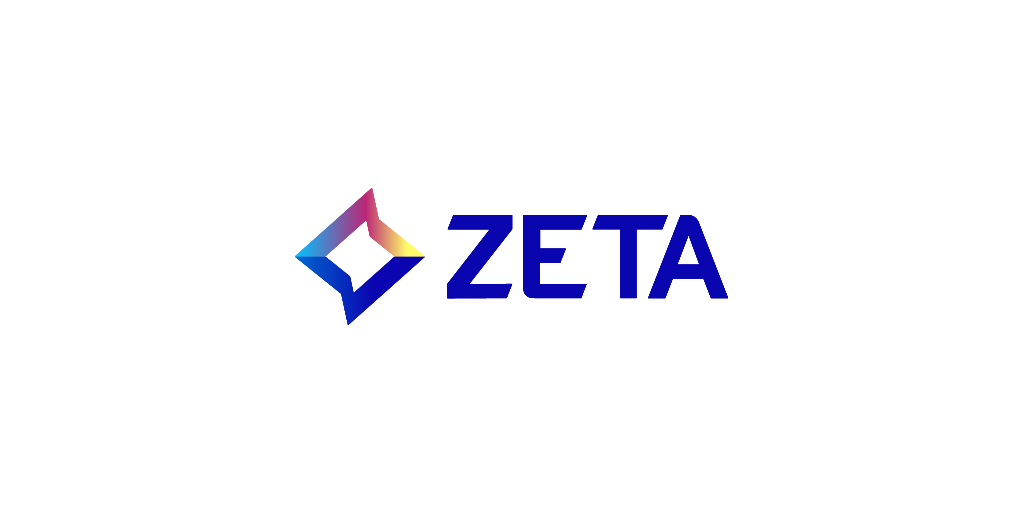Oral abstract will share data showing that TissueCypher alone, compared to combining the test’s results with a patient’s clinicopathologic risk factors, like age and pathology diagnosis, is the strongest predictor of progression to esophageal cancer
Poster will highlight ability of the test to guide important patient management decisions, including upstaging care for high-risk patients and supporting long-interval surveillance for patients at low risk of progression
New Data at AFS 2024 Demonstrates the Strength of Castle Biosciences’ TissueCypher® Test in Independently Predicting Risk of Developing Esophageal Cancer, Guiding Risk-Aligned Management Decisions for Patients with Barrett’s Esophagus
Investor Contact:
Camilla Zuckero
czuckero@castlebiosciences.com
Media Contact:
Allison Marshall
amarshall@castlebiosciences.com
Castle Biosciences, Inc. (Nasdaq: CSTL), a company improving health through innovative tests that guide patient care, will present new data supporting the ability of its TissueCypher Barrett’s Esophagus test (TSP-9) to independently predict risk of progression to esophageal cancer in patients with Barrett’s esophagus (BE) at the American Foregut Society (AFS) 2024 Annual Meeting, being held Sept. 25-29, 2024, in Denver.
“The large majority of patients in BE surveillance programs have non-dysplastic BE (NDBE), and so they fall into what is considered a low-risk category in which they are advised to see their doctor every three to five years for an endoscopy,” said Rhonda F. Souza, M.D., gastroenterologist, co-director of the Center for Esophageal Research at Baylor Scott & White Research Institute and co-director of the Center for Esophageal Diseases at Baylor University Medical Center in Dallas. “However, many BE patients who go on to develop esophageal cancer come from this allegedly low-risk group. Our study shows that traditional clinicopathologic variables are not helpful in predicting the risk of neoplastic progression in patients with NDBE, and TSP-9 testing is far superior in this regard. Rather than delaying surveillance for years, we think that patients identified as high-risk by TSP-9 would benefit from more intensive surveillance or endoscopic eradication therapy.”
“TissueCypher is the first test of its kind developed to offer a solution for this clinical challenge,” said Rebecca Critchley-Thorne, Ph.D., vice president of research and development at Castle Biosciences. “The test continues to demonstrate its substantial value in helping physicians tailor their treatment plans for BE patients based on their likelihood of developing esophageal cancer.”
Details regarding Castle’s presentations at AFS 2024 are included below:
Oral presentation: TissueCypher is the strongest independent predictor of progression in patients with Barrett’s esophagus
Presenting Author: Rhonda F. Souza, M.D
Date & Time: Saturday, Sept. 28, 11:50 a.m.–12 p.m. Mountain Time
Summary: The study aimed to evaluate whether routinely available clinicopathologic factors used to risk stratify patients with BE, including age, sex, BE segment length, hiatal hernia and original pathology diagnosis (non-dysplastic Barrett’s esophagus (NDBE), indefinite for dysplasia (IND) and low-grade dysplasia (LGD)), could be combined with the patient’s TissueCypher risk score to improve the accuracy of predicting progression to high grade dysplasia (HGD) or esophageal cancer within five years. The study showed that the addition of clinicopathologic factors did not improve the predictive performance of the TissueCypher test; in fact, TissueCypher, used alone, was the strongest predictor of progression. In patients with NDBE, TissueCypher was the only significant predictor of progression, supporting its significant clinical utility in identifying high-risk patients in this large population to help determine which may benefit from increased surveillance or early interventions to prevent cancer.
Poster # 42: The tissue systems pathology test guides risk-aligned management decisions in patients with non-dysplastic Barrett's esophagus
Date & Time: Friday, Sept. 27, 12:45–12:50 p.m. Mountain Time
Summary: This study evaluated the clinical utility of the TissueCypher test in guiding risk-aligned clinical management decisions for a series of consecutive patients with NDBE (n=14) at an expert foregut surgery center. The patients received prospective TissueCypher testing, and the ordering physician completed a questionnaire describing their reason for ordering the test, their management plan before and after receiving the test results, and how the test results impacted their management decisions. The study data showed a significant association between patients’ TissueCypher risk class and subsequent management decisions (P=0.01099), with 86% of patients being managed in alignment with their risk of progression to HGD or esophageal cancer according to the test’s results. Use of TissueCypher test results led to upstaged management in 21% of patients, such as the use of endoscopic eradication therapy to help prevent progression to esophageal cancer. The test also supported long-interval surveillance (3-5 years), consistent with guideline recommendations, in 90% of low-risk patients. These data highlight the clinical value of the TissueCypher test in guiding risk-aligned management decisions for patients with NDBE and increasing physician confidence in those decisions.
About TissueCypher® Barrett’s Esophagus Test
The TissueCypher Barrett’s Esophagus test is Castle’s precision medicine test designed to predict future development of high-grade dysplasia (HGD) and/or esophageal cancer in patients with Barrett’s esophagus (BE). The TissueCypher Barrett’s Esophagus test is indicated for use in patients with endoscopic biopsy confirmed BE that is graded non-dysplastic (NDBE), indefinite for dysplasia (IND) or low-grade dysplasia (LGD); its clinical performance has been supported by 14 peer-reviewed publications of BE progressor patients with leading clinical centers around the world. The test received Advanced Diagnostic Laboratory Test (ADLT) status from the Centers for Medicare & Medicaid Services (CMS) in March 2022. Learn more at www.CastleBiosciences.com.
About Castle Biosciences
Castle Biosciences (Nasdaq: CSTL) is a leading diagnostics company improving health through innovative tests that guide patient care. The Company aims to transform disease management by keeping people first: patients, clinicians, employees and investors.
Castle’s current portfolio consists of tests for skin cancers, Barrett’s esophagus, mental health conditions and uveal melanoma. Additionally, the Company has active research and development programs for tests in other diseases with high clinical need, including its test in development to help guide systemic therapy selection for patients with moderate-to-severe atopic dermatitis, psoriasis and related conditions. To learn more, please visit www.CastleBiosciences.com and connect with us on LinkedIn, Facebook, X and Instagram.
DecisionDx-Melanoma, DecisionDx-CMSeq, DecisionDx-SCC, MyPath Melanoma, TissueCypher, IDgenetix, DecisionDx-UM, DecisionDx-PRAME and DecisionDx-UMSeq are trademarks of Castle Biosciences, Inc.
Forward-Looking Statements
This press release contains forward-looking statements within the meaning of Section 27A of the Securities Act of 1933, as amended, and Section 21E of the Securities Exchange Act of 1934, as amended, which are subject to the “safe harbor” created by those sections. These forward-looking statements include, but are not limited to, statements concerning: (i) Castle’s ability to advance care for patients with BE; (ii) the ability of the TissueCypher test to be the strongest predictor of risk of progression to esophageal cancer in patients with BE based on published studies; and (iii) the ability of the TissueCypher test to guide important patient management decisions, including upstaging care for high-risk patients and supporting long-interval surveillance for patients at low risk of progression. The words “can,” “would” and similar expressions are intended to identify forward-looking statements, although not all forward-looking statements contain these identifying words. We may not actually achieve the plans, intentions or expectations disclosed in our forward-looking statements, and you should not place undue reliance on our forward-looking statements. Actual results or events could differ materially from the plans, intentions and expectations disclosed in the forward-looking statements that we make. These forward-looking statements involve risks and uncertainties that could cause our actual results to differ materially from those in the forward-looking statements, including, without limitation: subsequent study or trial results and findings may contradict earlier study or trial results and findings or may not support the results shown in this study, including with respect to the discussion of TissueCypher in this press release; actual application of our TissueCypher test may not provide the aforementioned benefits to patients; and the risks set forth under the heading “Risk Factors” in our Annual Report on Form 10-K for the year ended December 31, 2023, our Quarterly Report on Form 10-Q for the quarter ended June 30, 2024 and in our other filings with the SEC. The forward-looking statements are applicable only as of the date on which they are made, and we do not assume any obligation to update any forward-looking statements, except as may be required by law.
View source version on businesswire.com: https://www.businesswire.com/news/home/20240923959743/en/

 Business wire
Business wire 












Add Comment